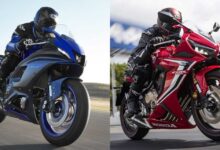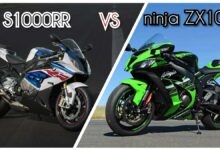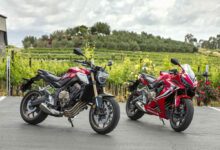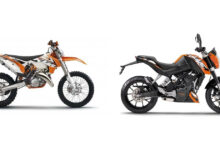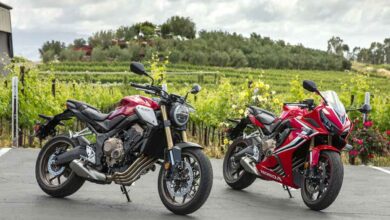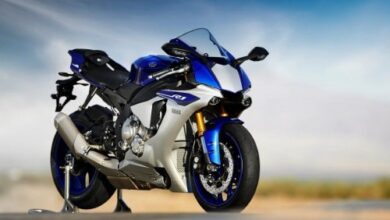The Battle of the Titans: NSR500 and YZR500
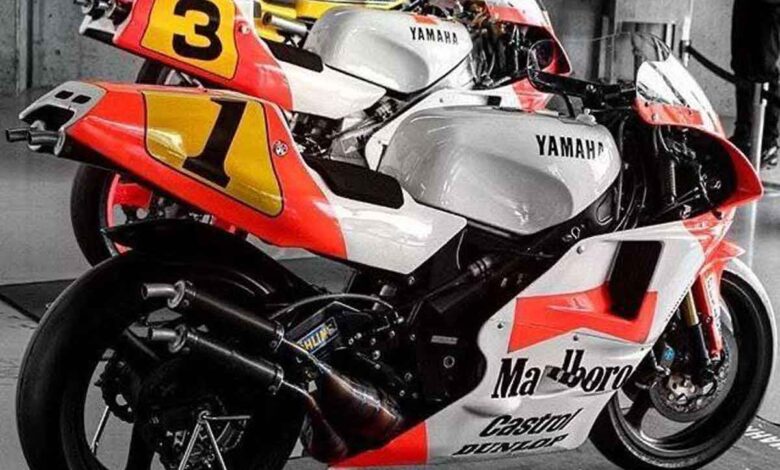
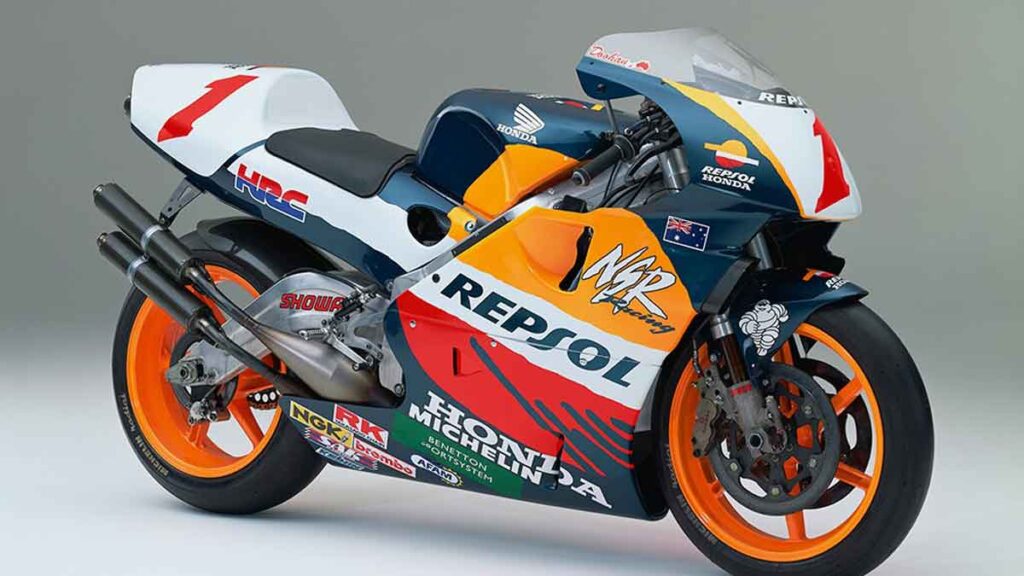
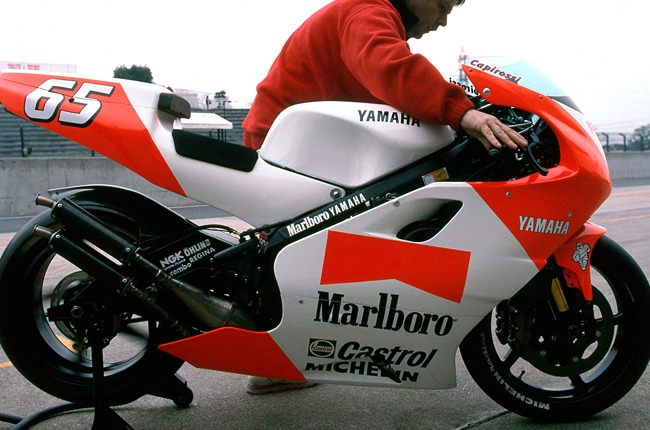
In the history of motorcycle racing, few rivalries have captivated fans and pushed the limits of engineering quite like the NSR500 and YZR500. These legendary machines have dominated the MotoGP circuit, thrilling audiences with blistering speed and heart-stopping battles on the track. In this blog post, we delve into the history, design, and performance of the NSR500 and YZR500, exploring what made these bikes true titans of the racing world.
Contents
Introduction
Motorcycle racing has always been a sport of passion, intensity, and innovation. Throughout its history, there have been iconic machines that have left an indelible mark on the sport. Two such motorcycles are the NSR500 and YZR500. These bikes not only redefined what was possible on the track but also became symbols of power, speed, and technical prowess. Let’s dive into the details of each machine and explore their incredible legacies.
The Honda NSR500 and the Yamaha YZR500 were two iconic racing motorcycles that competed against each other in the 500cc class of Grand Prix motorcycle racing during the era of two-stroke engine dominance. Although both bikes were designed for the same racing class and shared similar performance goals, there were some differences in their designs and engineering approaches. Here are some key aspects of their designs:
Engine Configuration:
Honda NSR500: The NSR500 featured a two-stroke V4 engine, which means it had four cylinders arranged in a V-shaped configuration. Honda’s V4 engines were known for their smooth power delivery and excellent balance, providing a favorable power-to-weight ratio.
Yamaha YZR500: Like the NSR500, the YZR500 also had a two-stroke V4 engine with four cylinders arranged in a V-shaped configuration. Yamaha’s engine design aimed to achieve high power output and competitive performance on the racetrack.
Displacement and Performance:
Both the NSR500 and YZR500 had a displacement of 500cc, as per the regulations of the 500cc Grand Prix class. Their engines were tuned to produce immense power at high RPMs, allowing the bikes to reach blistering speeds on straightaways and perform well on the track.
Frame and Chassis:
Honda NSR500: The NSR500 was known for its innovative and lightweight aluminum twin-spar frame. This design provided excellent rigidity and handling characteristics, giving the rider precise control during high-speed racing.
Yamaha YZR500: The YZR500 featured a similar aluminum twin-spar frame, designed to offer superior rigidity and stability, enabling the rider to push the bike to its limits on the racetrack.
Suspension and Brakes:
Both bikes were equipped with high-performance suspension systems and top-of-the-line braking components. These features were essential to ensure that the bikes could handle the demands of aggressive racing and provide the necessary feedback to the riders.
Aero and Bodywork:
The aerodynamics and bodywork of both bikes were designed to minimize drag and maximize downforce, allowing for better stability at high speeds and improved cornering capabilities.
Exhaust System:
The exhaust systems of both bikes were carefully tuned to optimize engine performance and achieve the characteristic high-pitched sound of two-stroke racing motorcycles.
It’s important to note that both the Honda NSR500 and Yamaha YZR500 were continually developed and refined during their racing careers. As the regulations changed and new technologies emerged, their designs evolved to maintain competitiveness. Their rivalry on the racetrack contributed to some of the most exciting and memorable moments in the history of motorcycle racing.
The NSR500: A Legacy of Dominance
The NSR500 was a legendary motorcycle produced by Honda from 1984 to 2002. It was powered by a two-stroke V4 engine and had a displacement of 498cc. This machine was known for its exceptional power-to-weight ratio and lightning-fast acceleration.
a. Design and Technology
The NSR500’s design was a marvel of engineering. Its lightweight aluminum frame, combined with advanced suspension systems, provided exceptional handling and maneuverability on the track. The two-stroke engine, with its unique power delivery characteristics, allowed riders to extract every ounce of performance from the bike.
b. Racing Success
The NSR500 enjoyed immense success on the MotoGP circuit. It won numerous championships with legendary riders such as Mick Doohan and Valentino Rossi at the helm. Its dominance on the track was a testament to its performance capabilities and Honda’s commitment to pushing the boundaries of motorcycle engineering.
The YZR500: Yamaha’s Speed Demon
The YZR500, produced by Yamaha, was another iconic motorcycle that left an indelible mark on motorcycle racing. Like the NSR500, it featured a two-stroke V4 engine, but with a displacement of 499cc.
a. Innovative Features
Yamaha pushed the envelope with the YZR500, incorporating advanced features such as a twin-spar aluminum frame and a power-valve system. These innovations improved stability and power delivery, allowing riders to push the bike to its limits.
b. Racing Legacy
The YZR500 achieved remarkable success in the MotoGP arena, with renowned riders such as Wayne Rainey and Eddie Lawson piloting the machine to victory. Its sleek design, combined with Yamaha’s commitment to performance and reliability, made it a formidable competitor on the track.
Head-to-Head: NSR500 vs YZR500
When it comes to comparing these two legendary motorcycles, it’s like choosing between two gods of speed and power. Both the NSR500 and YZR500 had their unique strengths and weaknesses, making for thrilling battles on the track.
a. Power and Acceleration
The NSR500 was lauded for its explosive acceleration, thanks to its lightweight design and powerful two-stroke engine. However, the YZR500 had a reputation for delivering smooth power delivery, making it easier for riders to maintain control in high-speed corners.
b. Handling and Stability
The NSR500’s lightweight frame and advanced suspension systems provided exceptional maneuverability and stability. On the other hand, the YZR500’s twin-spar aluminum frame and innovative features gave it an edge in terms of stability, allowing riders to confidently tackle challenging corners.
c. Riding Style
The NSR500 demanded a fearless and aggressive riding style due to its high power output and instant throttle response. The YZR500, while still a formidable machine, offered a more forgiving riding experience, allowing riders to finesse their way around the track.
Legacy and Influence
The NSR500 and YZR500 have left a lasting legacy in the world of motorcycle racing. These machines not only dominated the MotoGP circuit during their respective eras but also paved the way for future technological advancements.
a. Technological Advancements
The advancements made in the NSR500 and YZR500, such as lightweight frames, powerful two-stroke engines, and advanced suspension systems, laid the foundation for the development of future racing motorcycles. Manufacturers continue to draw inspiration from these iconic machines to this day.
b. Fan Following
The NSR500 and YZR500 have gained a cult following among motorcycle racing enthusiasts. Even years after their retirement from professional racing, these bikes continue to captivate fans with their legendary status and awe-inspiring performances.
Conclusion
The NSR500 and YZR500 will forever hold a special place in the hearts of motorcycle racing fans. These bikes pushed the boundaries of engineering, redefined what was possible on the track, and left an indelible mark on the sport. The legacy of these titans of speed and power will continue to inspire future generations of riders and engineers in their pursuit of excellence on two wheels.
Facebook: https://www.facebook.com/Motobikeinworld
Twiter: https://twitter.com/motoinworld2023
Instagram: https://www.instagram.com/motoinworld/
Pinteres: https://www.pinterest.com/motoinworld/

